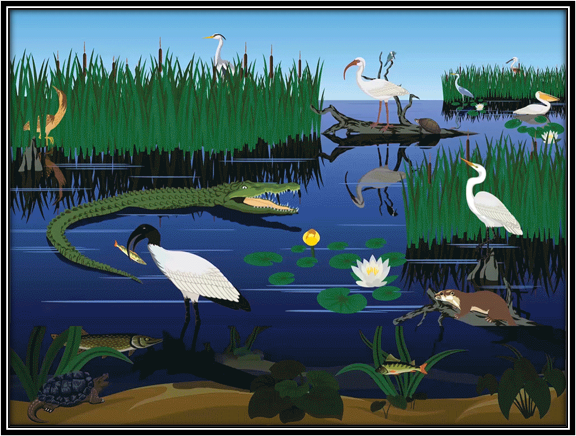EPA Releases SeqAPASS Version 8
Published November 13, 2024

EPA released the 8th version of Sequence Alignment to Predict Across Species Susceptibility (SeqAPASS). SeqAPASS is an online screening tool that allows users to rapidly extrapolate toxicity information across animal species.
Human and environmental risk assessments for chemicals use a limited number of model species to test for potential toxicity. Data from these model species is then extrapolated to species of concern. Due to limited testing resources, an international push to reduce animal testing, and the need for faster chemical evaluations, there is increasing demand for effective predictive approaches that maximize the use of existing data.
SeqAPASS combines existing toxicity data with publicly available protein sequence and structure information to evaluate potential chemical effects on non-target species. The protein sequence information comes from several sources including millions of protein sequences in the National Center for Biotechnology Information (NCBI) protein database.
SeqAPASS provides predictions about a species’ relative susceptibility to a given chemical based on the conservation of known protein targets. If a specific protein is shared, or conserved, across two species, researchers and decision makers can extrapolate that the protein may respond the same way to chemical exposure. This is assessed by comparing protein sequences across species. If a protein involved in a chemical response in one species is conserved in an untested species, then SeqAPASS can generate susceptibility predictions for that untested species.
With access to millions of protein sequences across thousands of species, SeqAPASS can generate susceptibility predictions across the diversity of species.
SeqAPASS Version 8 adds an additional line of evidence for susceptibility predictions by incorporating protein structural conservation evaluations to better understand the conservation of protein function. With Version 8, users can now generate 3D protein models using I-TASSER, a protein structural prediction tool. This latest update not only enhances SeqAPASS susceptibility predictions but also contributes to the integration of structural biology data into future ecotoxicology research and risk assessment.
